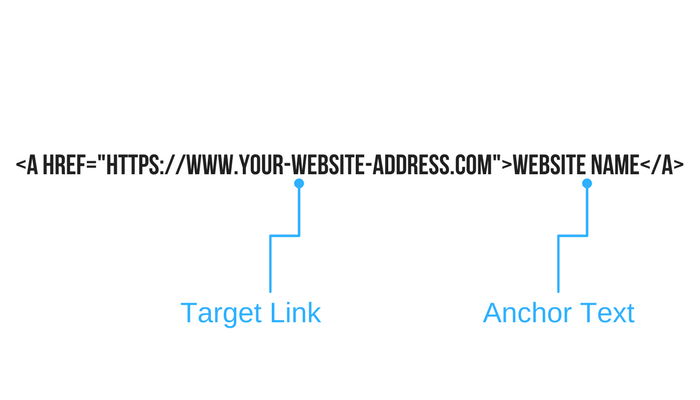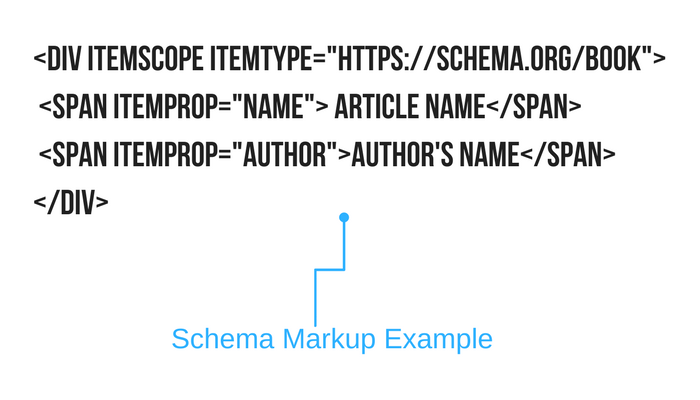SEO Guide for Blogs, Business and eCommerce Websites in 2017
Whether you’re running a blog, a business website or an online shop, in 2017 you can’t do without a solid SEO strategy. How do you bring more traffic to your website? 80% of web traffic is generated via search engines, so it’s about time you thought of investing into a solid SEO campaign.
Before you start thinking about SEO, there’s something that blogs, business and eCommerce websites need – great design. No matter how apt you are at search engine optimization, nobody likes ugly and old-fashioned websites. Luckily, there are plenty of web design template providers to select from. Resources like from TemplateMonster offer hundreds of web themes for any CMS and eCommerce engines.
User-friendly platforms like WordPress CMS are universal tools you can run any type of projects on. It’s amazing that WordPress business themes can be customized to become a personal blog or an online store. The ultimate goal of any website owner is to make an online resource stand out among the competitors. SEO specialists achieve this aim by getting a website into the top 10 of the search engine results. Or making it the 1st position on Google’s SERP.
This SEO guide is all about the tips and tricks of making it to the top of Google rankings in 2017.

 Is there a way to let people see that your store has enough credit among the customers already in search results? It’s absolutely possible thanks to rich snippets. Rich snippets raise the visibility of your goods, give more information to the web users and enormously help conversion rates. Using schema markup provides the search engines with details on your products and display it in SERPs.
Rich snippets usually contain the following:
Is there a way to let people see that your store has enough credit among the customers already in search results? It’s absolutely possible thanks to rich snippets. Rich snippets raise the visibility of your goods, give more information to the web users and enormously help conversion rates. Using schema markup provides the search engines with details on your products and display it in SERPs.
Rich snippets usually contain the following:
SEO for Bloggers in 2017
- Keyword Selection
- Keyword Placement
- Blog Post Title
- Quality Backlinks
- guest posting (publishing articles with backlinks to your site on somebody else’s blog)
- comments on popular blog posts
- forums and message boards
- links exchange
- press releases
- social media shares
- Guest Posting

eCommerce SEO in 2017
Now, let’s talk about business and SEO for eCommerce in 2017. If you want your e-store to shine on the web, use the practices listed below.- Product Pages Optimization
- Category Pages Optimization
- Add your target keyword in the image ALT text and file name
- Insert keywords in your H1 tag, page description and page title
- SEO permalinks
- Insert LSI keywords into the content
- Optimize for Mobile
- Use Rich Snippets and Schema Markup
 Is there a way to let people see that your store has enough credit among the customers already in search results? It’s absolutely possible thanks to rich snippets. Rich snippets raise the visibility of your goods, give more information to the web users and enormously help conversion rates. Using schema markup provides the search engines with details on your products and display it in SERPs.
Rich snippets usually contain the following:
Is there a way to let people see that your store has enough credit among the customers already in search results? It’s absolutely possible thanks to rich snippets. Rich snippets raise the visibility of your goods, give more information to the web users and enormously help conversion rates. Using schema markup provides the search engines with details on your products and display it in SERPs.
Rich snippets usually contain the following:
- reviews
- events
- software reviews
- goods
- recipes
- Even though rich snippets are not a significant ranking factor, they can still increase the CTRs and help you raise your revenues. Speaking of schema markups should for any eCommerce project, use the following:
- Products
- Using markup to provide the product information will allow the search engines to differentiate your product page from a blog post. Also, markup for product pages will allow you to give more information about the color, size, model of goods and offer related products.
- Pricing
- It is important for customers to know about the pricing range for specific goods. In this respect, schema markup supplies users with pricing of your products directly from SERPs, which allows for better CTR.
- Rating and Testimonials
- There’s nothing better for adding credibility to your services than the use of user ratings and reviews. Testimonials have proven to be even more influential for closing sales than the content itself. Schema markup allows including rating and reviews in SERPs to supply web users with more social proof.Breadcrumbs for Product PagesFor search engines, permalinks serve as an aide to understand the page content, so it goes without saying that your eshop will only benefit from using self-explanatory permalinks. Speaking of eCommerce projects, below you’ll find a few examples of self-explanatory permalinks:
- For a product category page: https://www.e-shop.com/category/
- For a product sub-category page: https://www.e-shop.com/category/sub-category/
- For a product page: https://www.e-shop.com/category-sub-category/product-name/
- Handy navigation is crucial for positive user experience, so you should think of the best navigation structure to avoid cart abandonment and decrease in rankings.As for breadcrumbs, use it on all product pages for helping users in locating themselves on a website. Location-based breadcrumbs show both web users and search engine bots the present location within to the overall structure of a web store, which gets reflected in the search engine results and allows to increase CTRs.
Conclusions
Following the tips laid out in this SEO guide will absolutely help you make your blog, business or eCommerce project more search engine friendly. Keeping an eye on the latest SEO trends will help you realize the areas you need to work on in 2017. What do you think of the tips provided in this article? Is there anything that, as you think, needs being mentioned? Feel free to sound off in the comment section below!
This blog was created with FME's SEO-friendly blog


